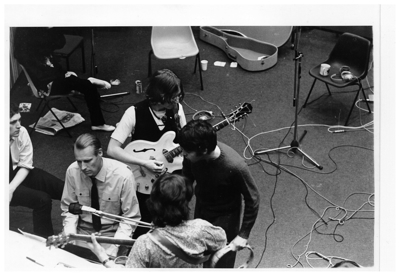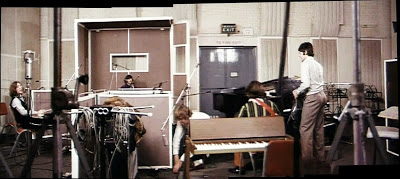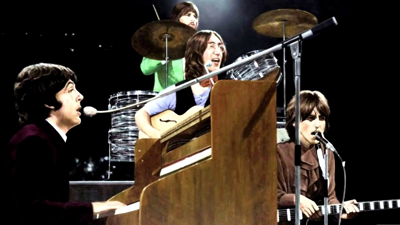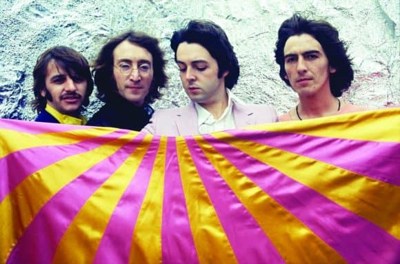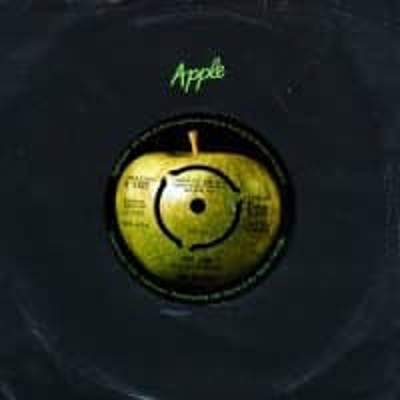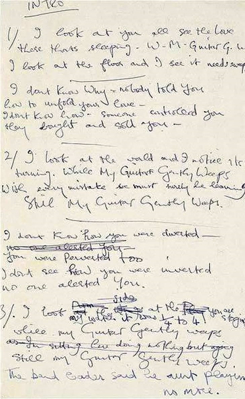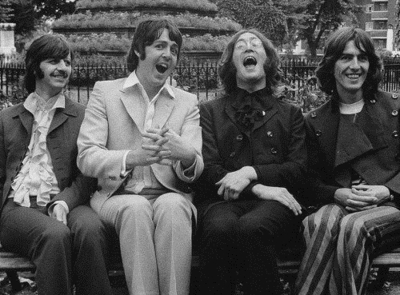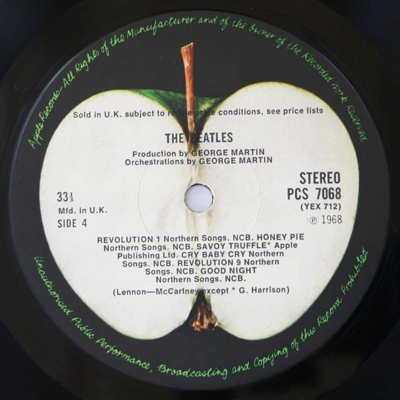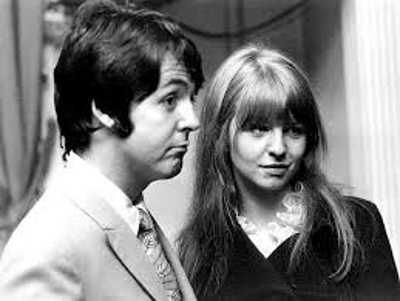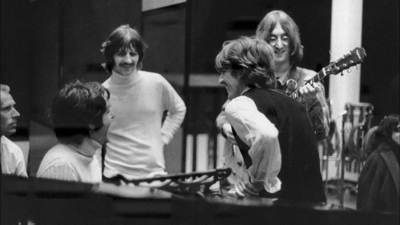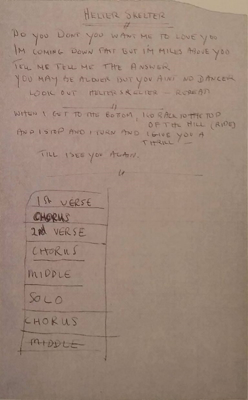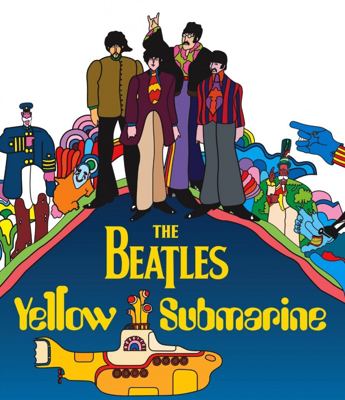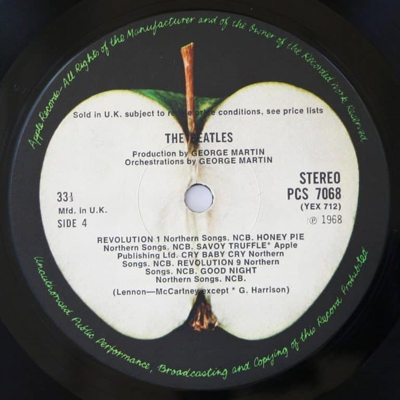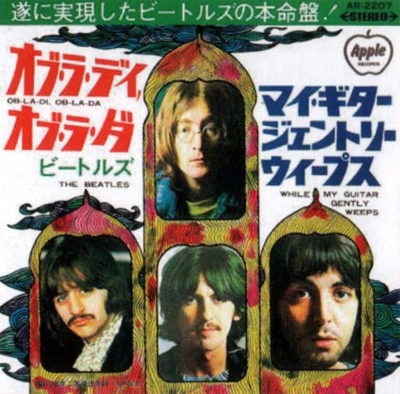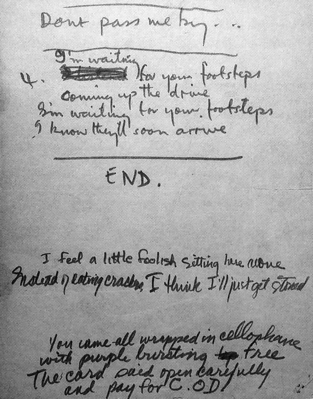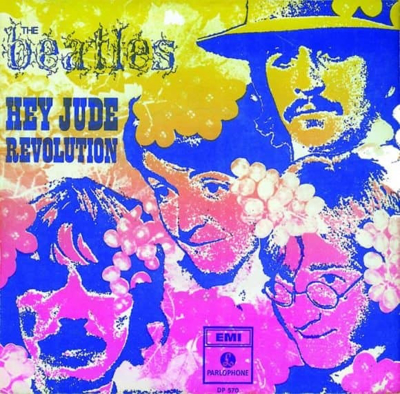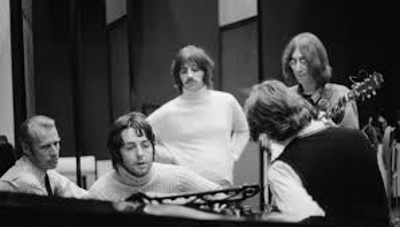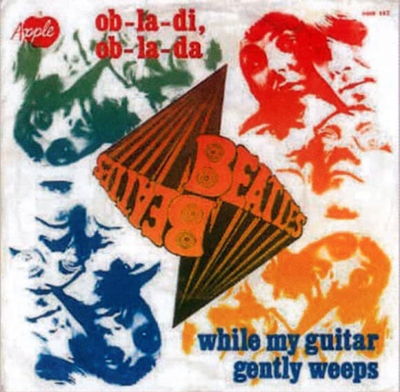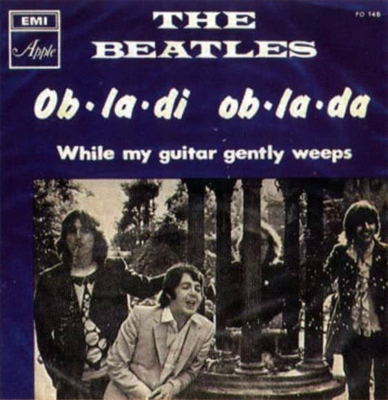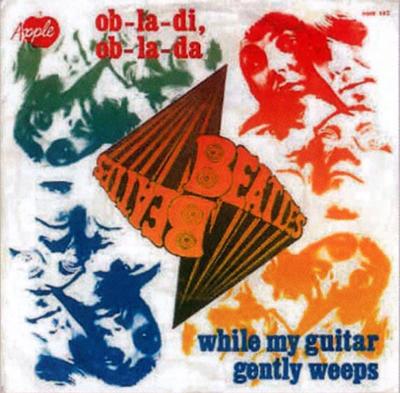Studio Two, EMI Studios, Abbey Road
Producer: George Martin
Engineer: Ken Scott
The Beatles completed the recording of Cry Baby Cry during this day's two sessions, and also began work on Helter Skelter.
The first session began at 2.30pm and lasted seven hours. Just one track was spare on the four-track tape, so The Beatles filled it with a number of simultaneous recordings. John Lennon redid his lead vocals in the verses, with harmonies by Paul McCartney in places; George Martin played a descending harmonium part in the introduction; Ringo Starr shook a tambourine; and George Harrison added electric guitar and tea party effects were made during the "Duchess of Kirkcaldy" verse.
Cry Baby Cry was transferred to eight-track tape on 17 September 1968, but no further music was added.
The day's second session began at 10.30pm and ended at 3.30am. The Beatles recorded three takes of Helter Skelter, which were essentially rehearsals; they lasted 10'40", 12'35" and 27'11" respectively.
The last was the longest recording in the group's career. An edited mix of take two, meanwhile, was released on 1996's Anthology 3.
I made it clear to George Martin when we doing Anthology 3, that the fans are desperate to hear this and I urged him to listen to it, because I don't think initially he was going to do so. He listened to it, and he said: "Well, why is this important?" I said forget the quality of the sound, or forget the fact that it's not quite in tune or whatever, what a producer would normally be looking for, just respect the fact please that it is hailed as the most important outtake of them all, and the fans will go crazy if you don't include this on the Anthology.
So he took all that on board, which George always does, and he's very good at that sort of thing, he listens. But, the next time I went in there, they said: "Here it is," and it was like five minutes, and they'd trimmed it right down. And in fact they didn't use the 27-minute one, there was another one as well that was 12 minutes, which they used, and they'd trimmed it down to five minutes. They said: "This is all people will stand, they won't stand the whole thing." And I said: "Well, I think a lot of them will actually..."
Mark Lewisohn
The takes were recorded over two rehearsal reels of Cry Baby Cry made on 15 July. At this stage Helter Skelter was a blues-based jam, although most of the lyrics and chord changes were in place.
They recorded the long versions of Helter Skelter with live tape echo. Echo would normally be added at remix stage otherwise it can't be altered, but this time they wanted it live. One of the versions developed into a jam which went into and then back out of a somewhat bizarre version of Blue Moon. The problem was, although we were recording them at 15 ips [inches per second] – which meant that we'd get roughly half an hour of time on the tape – the machine we were running for the tape echo was going at 30 ips, in other words 15 minutes... The Beatles were jamming away, completely oblivious to the world and we didn't know what to do because they all had foldback in their headphones so that they could hear the echo. We knew that if we stopped it they would notice.
In the end we decided that the best thing to do was stop the tape echo machine and rewind it. So at one point the echo suddenly stopped and you could hear 'bllllrrrrippppp' as it was spooled back. This prompted Paul to put in some kind of clever vocal improvisation based around the chattering sound!
These recordings featured two electric guitars, bass and drums all on the same track, and McCartney's vocals on another. It is possible that Lennon played the bass on these recordings.
Following this session, The Beatles didn't return to Helter Skelter until 9 September 1968.
Source: Brian Gibson, technical engineer
The Complete Beatles Recording Sessions, Mark Lewisoh


